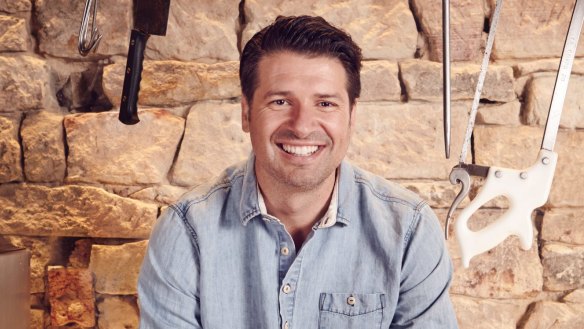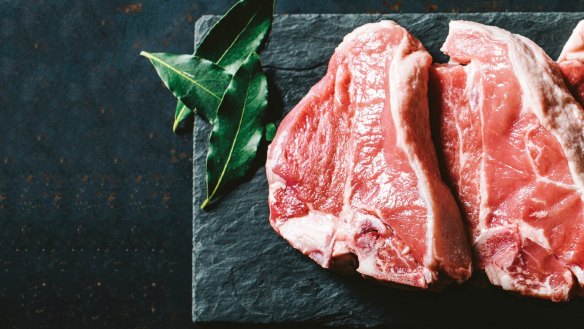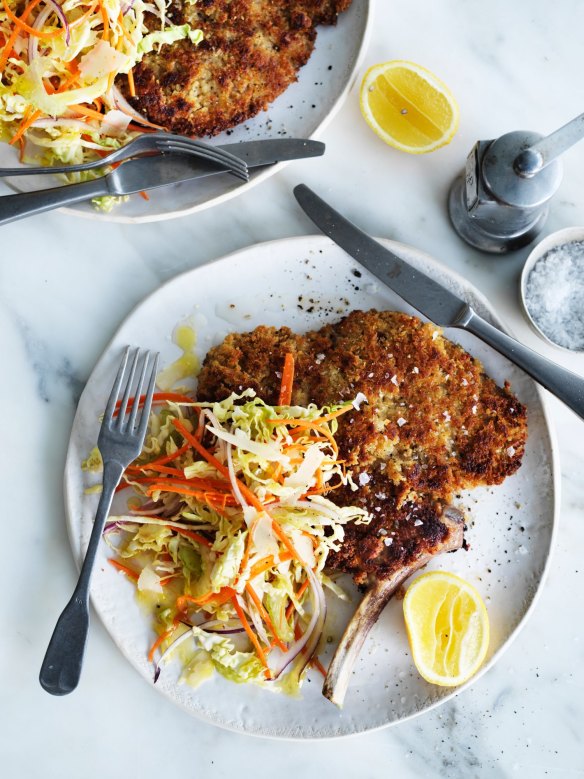Why we need to start talking about veal

COMMENT
Australia has a reputation for producing the cleanest, greenest, safest and best quality meat in the world. Our hardworking farmers are passionate about their industry and providing an excellent product. There's one category we've always struggled with, however, and that's veal.
Almost every Australian believes it is their god-given right to eat as much beef and lamb as they can, but for a long time veal has been a neglected protein. The quality of veal in Australia is not good, yet it has the potential to be excellent and we should be eating a lot more of it.

Many people don't understand what veal is or won't touch it because it's a "baby cow" (although the same people are often still happy to eat lamb or suckling pig). This is partly a public relations issue. There are advertisements galore for beef and pork, and millions of dollars are spent on a lamb commercial every Australia Day, but when was the last time you saw an ad for veal? I'm going to guess the answer is "never", and yet there are 400,000 bull calves born in Australia each year as byproduct of the dairy industry. Some calves will be kept for breeding, but the vast majority are being wasted as an alternative source of high-quality protein because the dairy industry doesn't know what to do with them.
Holstein (also known as Friesian) is the dominant breed of dairy cow. It's not a meat breed, like angus, it's for producing milk. Dairy cows produce a calf every year and there's a 50 per cent chance that calf will be female. If you're a dairy farmer then you're cheering, because that's your business – you need females to milk. But, if you're a dairy farmer with a male calf then what do you do with it?
Most are knocked on the head when they're only a couple of months old and sold as bobby veal. The meat's pale, ordinary, and not very interesting. It's not developed for taste.

Four years ago I made the decision to offer my customers more consistent, better quality veal. I also set myself a goal to ensure that all bull calves born into the Australian dairy industry can live a happy life, as is their right.
The Torello rosé veal program that John Shawyer and I developed takes unwanted bull calves and provides them with that good life. After seven months of amazing farming and animal welfare, we can produce a beautiful product that's tender, lean, delicious and consistent. It's called rosé veal as it sits perfectly between younger veal and beef.
Torello is the first red meat program in Australia to win a compassionate farming award, however it is still in its early days and we're only working with a small percentage of those 400,000 bull calves. It is highly scalable, though, which is important given the steep rise in global meat consumption.
We must look to other types of protein for the ongoing demand for meat to be met. We can't only be dependent of chicken, beef, lamb and pork. Even if you only did it once a month, replacing whatever meat you would normally be eating with veal (or kangaroo because there's 60 million of them hopping around Australia) would have a huge impact on correcting the unsustainable imbalance that exists in respect to the way we consume meat.
I'm a stakeholder in the meat industry, but I can't bury my head in the sand forever and ignore the problems we potentially cause. If our industry is indeed the biggest contributor to global greenhouse gases, then we have a lot to answer for in terms of our ability to continue to feed people's insatiable demand for meat. Promoting and producing better quality veal is a very good start.
Anthony Puharich is a fifth generation butcher and chief executive of Vic's Premium Quality Meat. He is also the author of Meat: The Ultimate Companion published by Murdoch Books.
Restaurant reviews, news and the hottest openings served to your inbox.
Sign up